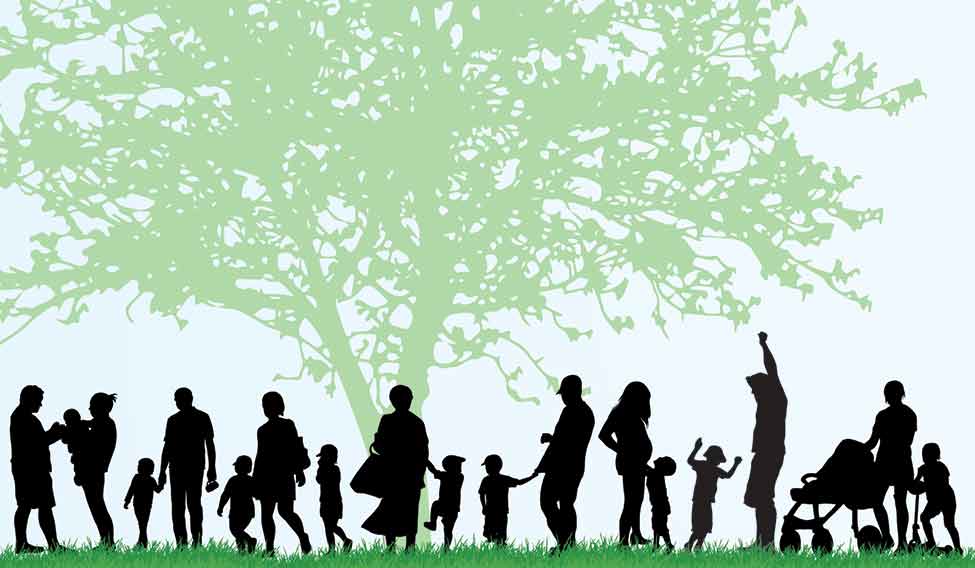A friend mentioned that when his sister-in-law was in hospital diagnosed with cancer, the patient’s sister and ageing mother came immediately to attend to her. Her mother’s four other sisters came, too—a couple of them from other cities. They found places to stay close by, so that they could meet every day to comfort their sister and niece, and take turns at the hospital.
He found that remarkable. He and his two other siblings are close, he said, but not as much. “Families were larger at one time,” he reasoned, “and spending all that time together probably created deeper bonds than we see today.”
Joint versus nuclear
Around 2008, a group of child psychologists undertook a study to understand if joint families, which are made up of more than one married couple and their children, are more conducive to health, ability and wellbeing of a child. The assumption to be tested was that since there are several more adults in the same space, children from joint families might score higher on tests of physical and psychological health. Also, children have more company with cousins growing up together.
A sample of 250 participants was chosen from a mid-sized town in north India. The group was levelled out in terms of socio-economic status. The children in the final sample were almost equally from both, joint as well as nuclear families. They all had stay-home mothers and demonstrated a healthy and strong relationship with their caregivers.
The findings were interesting. On mental ability, particularly intelligence and reasoning, children from nuclear families scored marginally higher than those from joint families. On physical health, once again children from nuclear families scored better. This was surprising, since the assumption is that children in larger families are attended to better, with more adults around. Lastly, on wellbeing, which included a sense of security and positivity, the children from larger families were not at any advantage over their single-unit counterparts. The scores were tipped in favour of nuclear families.
The experts concluded that it wasn’t so much the numbers, as much as the nature of bonding a child experiences. A child needs a stable and loving presence in his or her caregiver for a strong bond to form, rather than the presence of several adults.
They also observed that children from nuclear families were more independent and alert than those from larger families. This was probably because they were entrusted with more responsibility of looking after themselves. Guided by a trusting parent, they were following their own lead. There was less of ‘group thinking’, when several children follow the lead of one or two others, often mindlessly, thus pulling and averaging the level of general intelligence to a lower measure than individual ones.
The women
Where the difference was stark, however, was in the women. The women in nuclear families were deemed more content and happier than their counterparts in joint families. There was less imposition and interference from relatives, which contributed directly to their sense of peace. That impacted the development of their children.
In my friend’s case, too, the women had all come together. They were close while growing up to begin with. Then each had married and moved away, since unlike the expectation from two brothers, two wedded sisters rarely live together with their families. Here, once again, over time, distance had made the heart grow fonder, evident in how surely they congregated in this hour of need.













